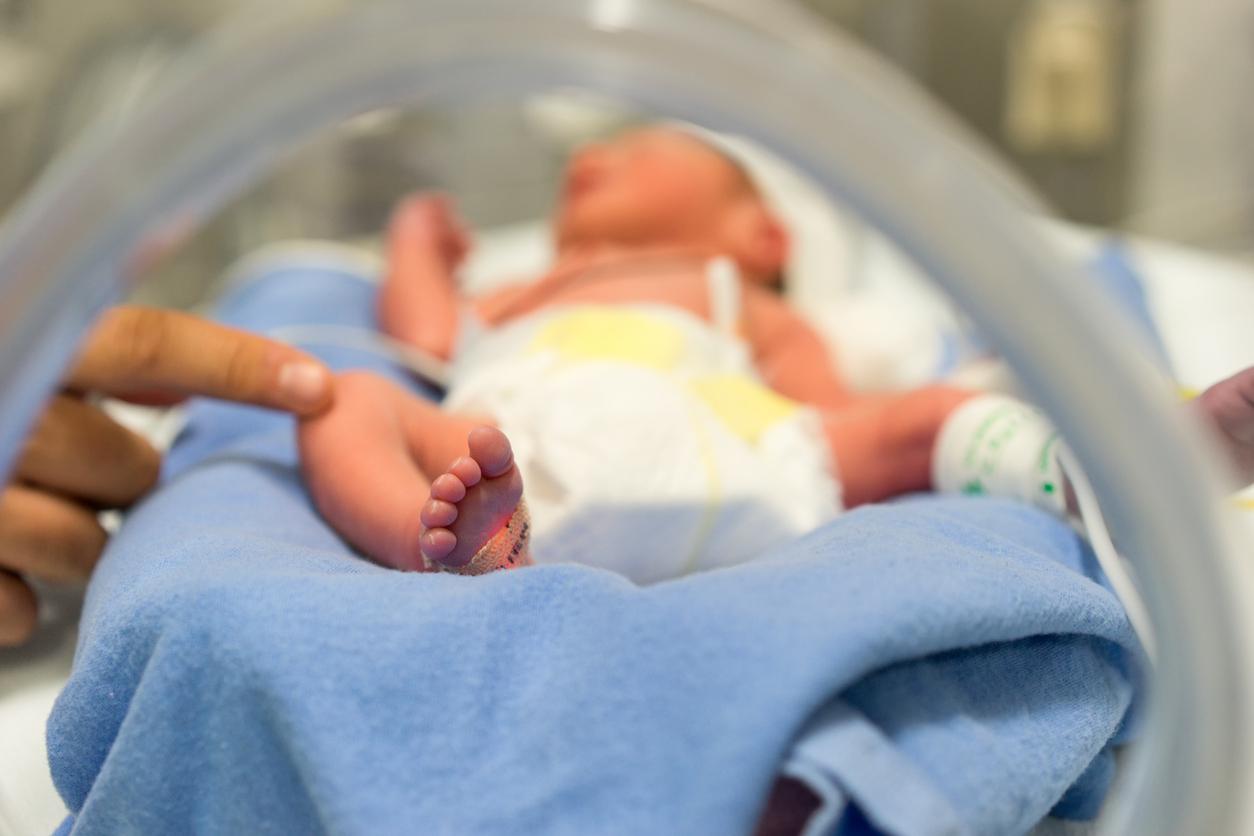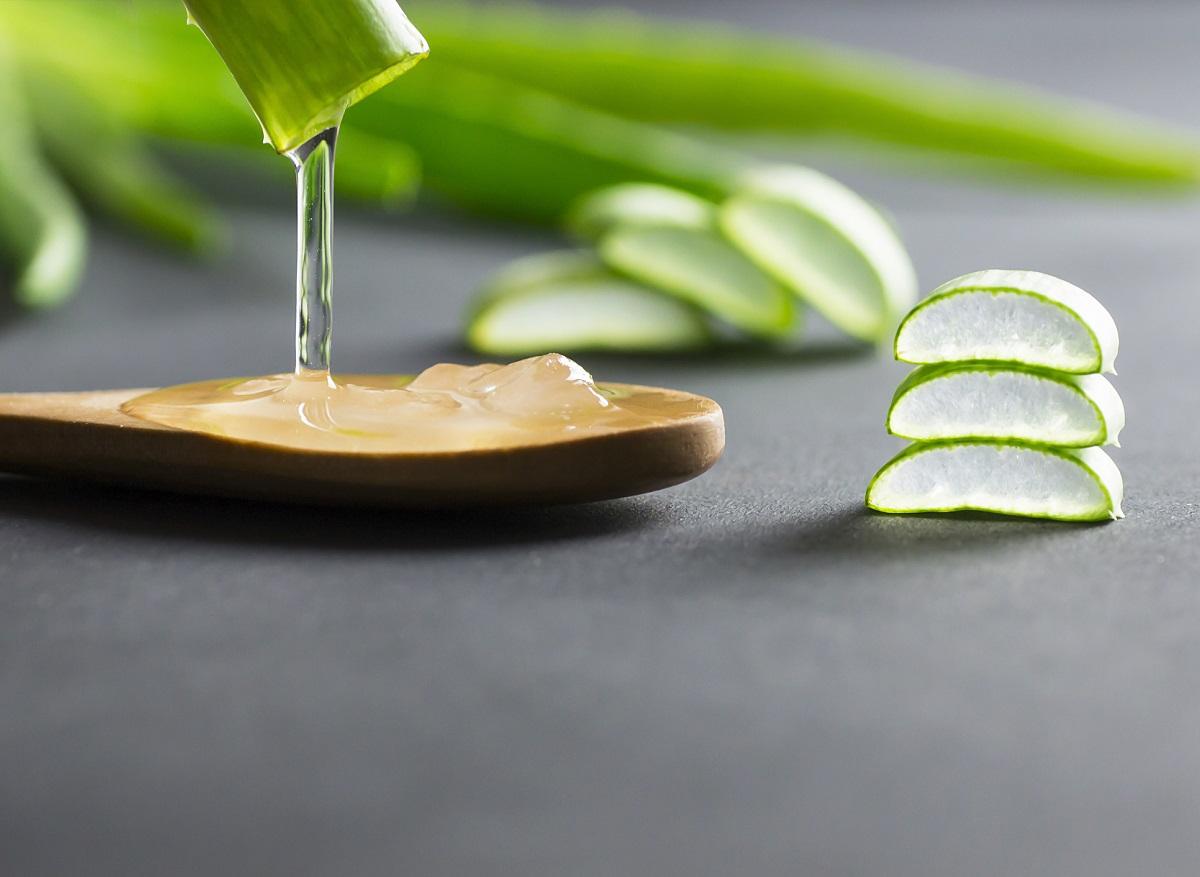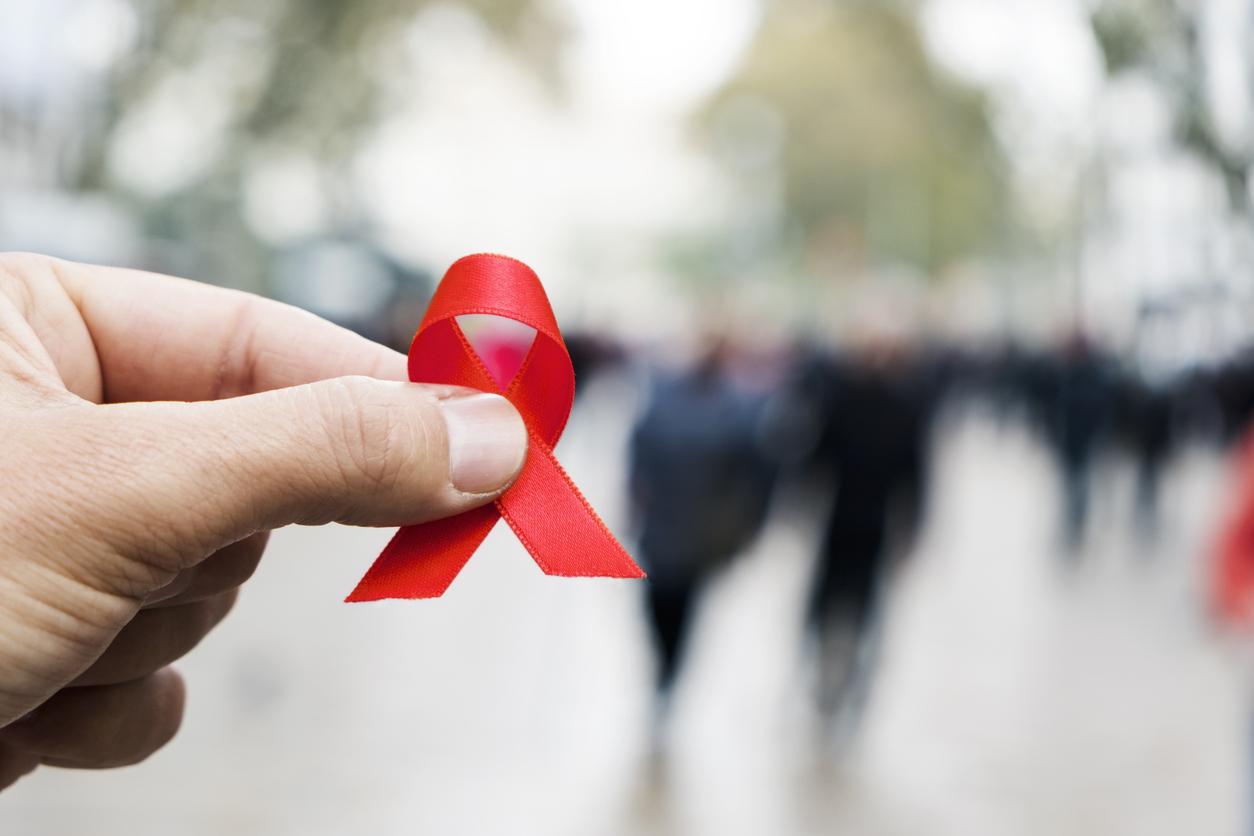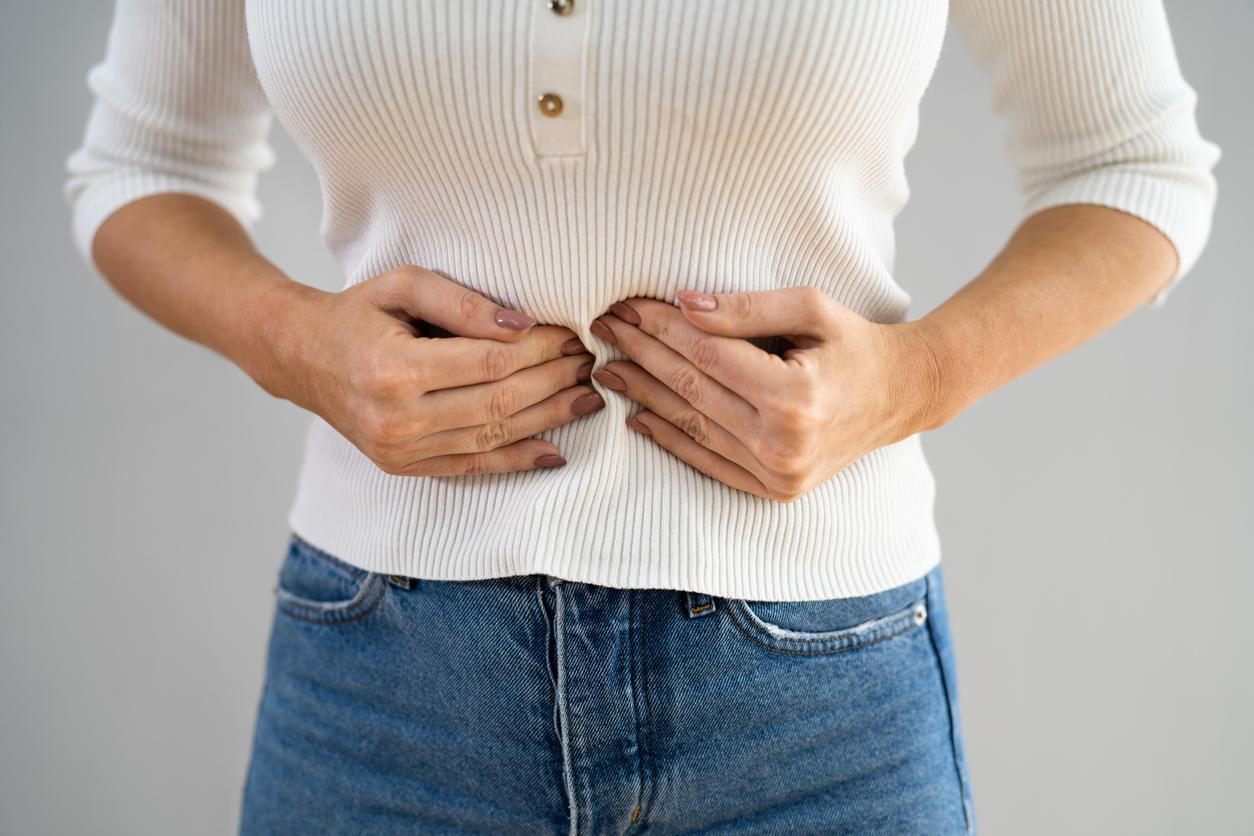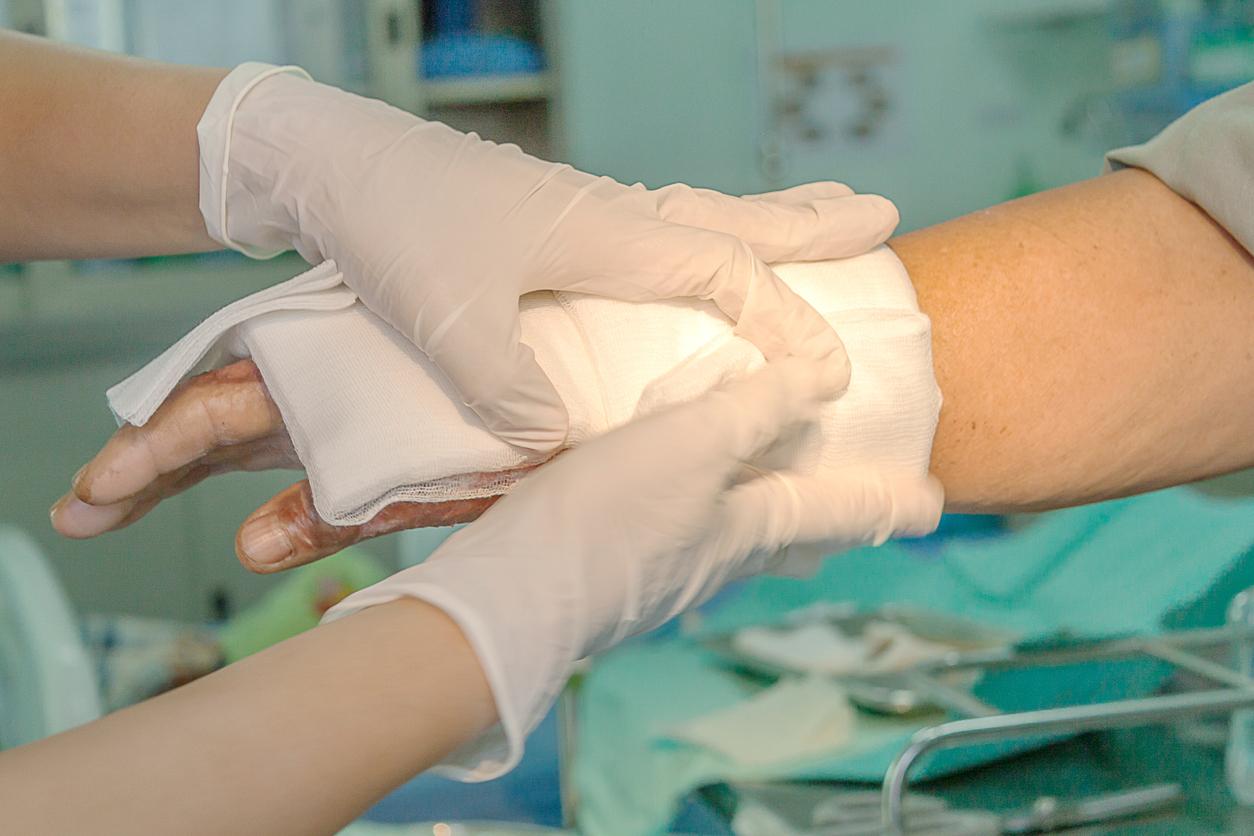
Dry and moist wound
If you get a wound it will take some time to heal. During healing, the wound is often dry. It can also happen that a wound remains moist. Damp wounds heal faster. But if a wound is too moist, it is bad for healing. What is the optimum humidity for proper wound healing?
Dry wounds
The healing of a dry wound is done in five steps.
Which steps?
- The wound is bleeding.
- The bleeding decreases.
- drying up. The wound will lose moisture and will feel dry.
- encrusting. The crust is formed by cells in the skin. The scab protects the skin from infection. But it also slows the healing of the wound.
- Create new cells. New cells are created under the crust. These new cells will form the new skin. These cells are initially pale pink or pink in color. When the cells come into contact with sunlight, they take on the normal skin color.
A wound that is too dry heals less quickly and gives a greater chance of scarring through the scab.
moist wound
Wounds that are very moist have a greater chance of infection. In addition, maceration may occur. Maceration is the softening and breaking of the skin due to prolonged contact with moisture. Moist healing is done in four steps.
Which steps?
- The wound is bleeding.
- The bleeding decreases.
- High humidity. A moist wound does not dry out the wound. So no crust is formed. This allows cells to move more and molecules that affect the healing process can be brought to the wound more quickly. This ensures faster wound healing. If the moisture in the wound is too high, there is a greater chance of infections.
- Create new cells. New cells are created. These cells are initially light pink or pink in color. When the cells come into contact with sunlight, they take on the normal skin color.
A moist wound heals faster. A wound that is too moist has a greater chance of infection and even a chance of maceration. A wound therefore heals best if it is optimally moist: not dry, but also not too moist.
Optimal healing with optimal humidity
A wound is like a plant in the desert. Just as plants need water to grow, a wound needs moisture to heal faster. And if plants get too much water, they won’t grow. If a wound is too moist, it is also bad for healing.
Hospitals have been using a way to keep wounds optimally moist with a hydrocolloid gel for several years now. Only this wound-healing gel can provide optimal moisture.
How a hydrocolloid gel works
- If the wound is too dry, the gel will release moisture to the wound.
- If the wound is too moist, the gel will absorb moisture from the wound.
As a result, the wound always has optimum moisture. The wound therefore heals 40 percent faster. The chance of infections is reduced because the gel puts a protective layer over the wound. And because no crust is formed, there is a smaller chance of scarring. In addition, the gel has a cooling effect, thereby relieving pain.
Sources):





